 With ISIS terrorists desecrating many of the captured areas of the ancient Bible lands, I’m so glad that the God of Israel at this time has returned the guardians of the Holy Land, the Jewish people, who are able to safeguard priceless treasures of antiquity.
With ISIS terrorists desecrating many of the captured areas of the ancient Bible lands, I’m so glad that the God of Israel at this time has returned the guardians of the Holy Land, the Jewish people, who are able to safeguard priceless treasures of antiquity.
The Israeli Antiquities Authority (IAA) is the keeper of the State treasures, including nearly 2 million archaeological objects– among them the entire collection of Dead Sea Scrolls, and more than 30,000 archaeological sites.
The latest IAA discovery is a 3,000-year-old jar engraved with the Biblical name Eshba’al.
This rare inscription from the time of King David was discovered at Khirbet Qeiyafain, in the Valley of Elah, where David fought and killed the giant Goliath.
Numerous shards of the ceramic jar were pieced together after excavations by Prof. Yosef Garfinkel of the Institute of Archaeology of the Hebrew University along with Saar Ganor of the IAA.
Letters written in ancient Canaanite script can be deciphered on the restored vessel bearing the inscription: Eshbaʽal Ben Badaʽ. (Ishbaal, son of Bada)
“This is the first time that the name Eshbaʽal has appeared on an ancient inscription in the country,” noted Professor Garfinkel. “Eshbaʽal Ben Shaul, who ruled over Israel at the same time as David, is known from the Bible. Eshbaʽal was murdered by assassins and decapitated and his head was brought to David in Hebron (II Samuel, Chaps. 3-4). It is interesting to note that the name Eshbaʽal appears in the Bible, and now also in the archaeological record, only during the reign of King David, in the first half of the tenth century BCE.”
The name Bedaʽ is unique and does not occur in ancient inscriptions or in the biblical tradition.
“In II Samuel there was apparently reluctance to use the name Eshbaʽal, which was reminiscent of the Canaanite storm god Baʽal, and the original name was therefore changed to Ish-Bashat, but the original name of Eshbaʽal was preserved in the Book of Chronicles,” Garfinkel and Ganor added. “Thus, for example, the name of the warlord Gideon Ben Joash was also changed from Jerrubaal to Jerubesheth.”
Khirbet Qeiyafa is identified with the biblical city Shaʽarayim. During several seasons of excavations directed by Prof. Garfinkel and Ganor, a fortified city, two gates, a palace and storerooms were uncovered. The city dates from the time of David– the late eleventh and early tenth centuries BCE. Unique artifacts that were previously unknown were discovered at the site. For example, in 2008, the world’s earliest Hebrew inscription was uncovered there.
According to Garfinkel and Ganor, until about five years ago, no inscriptions dating to the tenth century BCE from the Kingdom of Judah had been brought to light. However, in recent years, four inscriptions have been published: two from Khirbet Qeiyafa, one from Jerusalem and one from Bet Shemesh.
Meanwhile: The Dead Sea Scrolls, the most important archaeological discovery of the 20th century, are now available on your iPhone and iPad as the IAA launches its first App featuring archaeology games and puzzles for kids.
Genesis 1:1 (the account of creation), the Ten Commandments, Psalms, and 11 other 2,000-year-old manuscripts are featured in this App that introduces kids ages 7-and-up to archaeology with a suite of unique games, featuring beautiful artifacts from the National Treasures of the IAA.
Dig Quest: Israel for iPhone and iPad is now available to download from the App Store for free.
The App transforms a kid’s iPhone or iPad into an archaeological tool to play games to hone their skills, discover secret meanings, solve puzzles, and piece the past together like true archaeologists. Along the way, they unlock ancient artifacts and create their own personal collection.
The games were developed in collaboration with the IAA’s team of pre-eminent archaeologists and researchers. As they play, kids get a feel for what archaeologists experience– the excitement of discovery and the creativity and skills involved in solving mysteries from the distant past.
Players select between two dig sites – each has a unique game that puts the player in the driver’s seat and requires using archaeological skills. At Lod, you clear the dirt to uncover an ancient Roman period mosaic and then play a fast-paced quiz-style game to identify and classify animals and objects on the mosaic.
In the Qumran caves, you discover fragments of the 2,000 year-old Dead Sea Scrolls to piece together in a puzzle game. Scan the scrolls to reveal their text more clearly, mirroring the advanced spectral imaging process performed by the IAA team in the laboratories.
The game features:
• 30+ levels in two unique games based on two world famous archaeological discoveries
• 50+ images of stunning historical treasures
• Amazing historical and archaeological facts and artifacts
• Translated and spoken excerpts from the Dead Sea Scrolls
• A Collection box where players store artifacts and discoveries
• An archaeologist character host, Gabe, inspired by real IAA archaeologists
Screenshots:
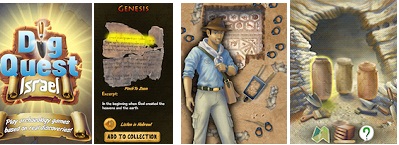
The App is launching with two games, and additional games are planned as well as an Android release.
Download it the from the App Store
See a video of the App in action: App Trailer

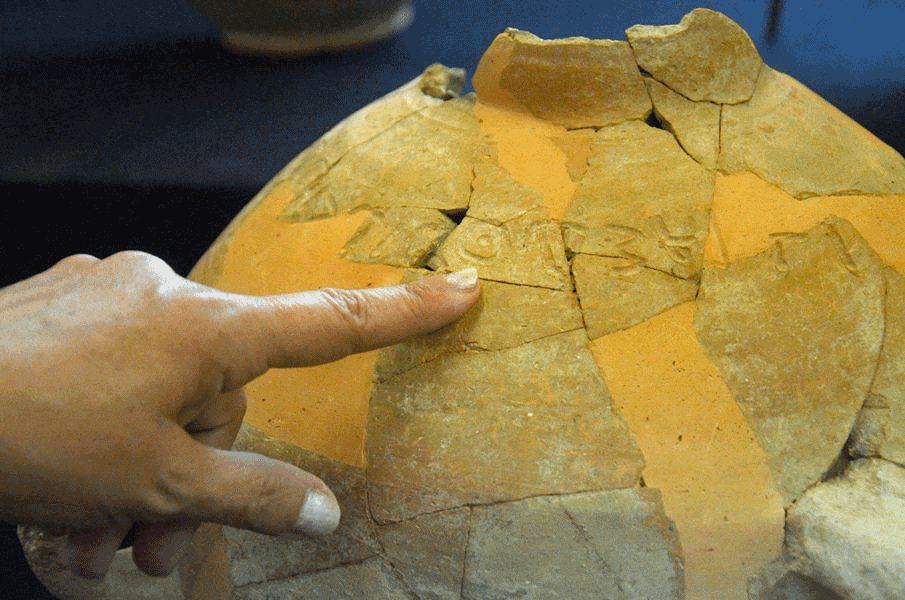
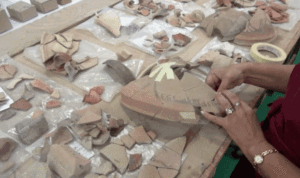
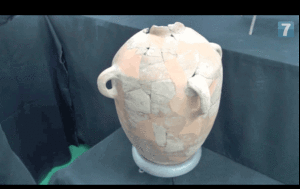

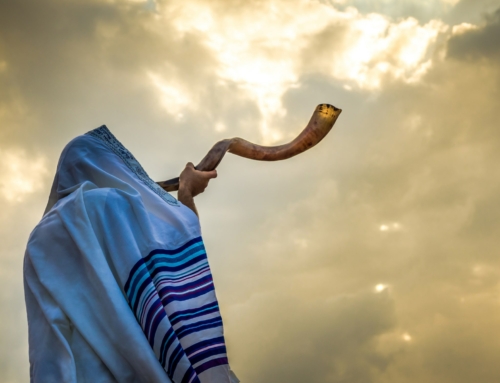



Leave A Comment